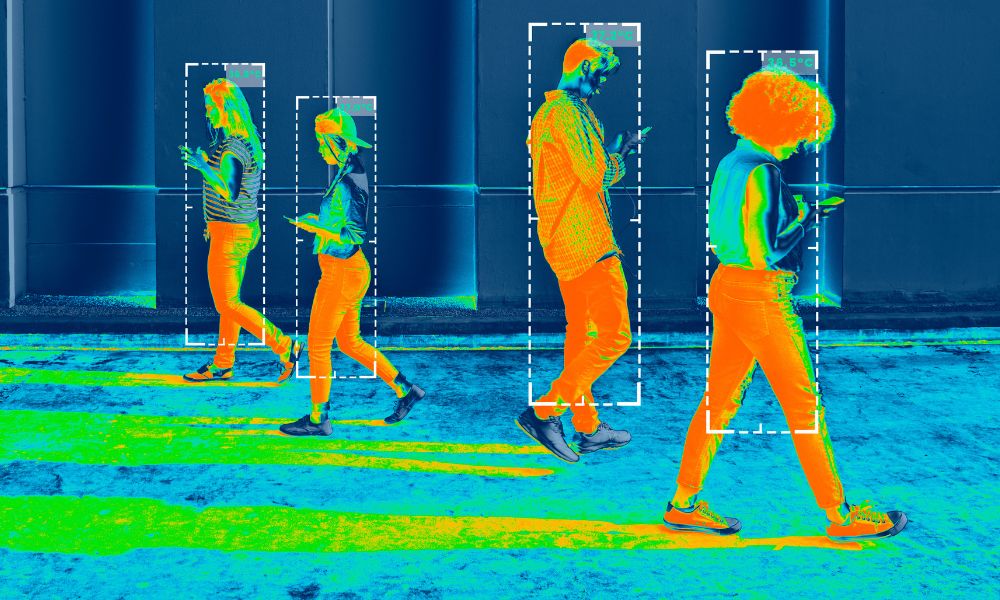Industries and Professions That Use Thermal Imagery

Thermal imagery uses cameras that can “see” heat to create images. Depending on the type of camera, these images can be highly detailed. Many industries and professions that use thermal imagery employ thermographers, or people who make thermal images as their career. Other professions simply use thermal imaging equipment to assist them in performing the kind of work they do on a daily basis.
Medicine
Those no-contact thermometers doctors and hospitals ask you to use before you enter their premises contain thermal cameras that read the heat your body is emitting. But most medical uses for thermal imagery are much more sophisticated than simply taking your temperature.
Thermal imagery can now be used instead of X-rays to detect breast cancer. It can alert doctors to problems that persons with diabetes may develop in their extremities, especially their feet.
First Responders
Thermal cameras help firefighters identify hot spots that could explode into bigger fires and see through smoke and haze to locate possible victims. They also help search and rescue teams search for lost people and enable police to examine crime scenes and locate suspects, especially at night.
Wildlife Management and Pest Control
Thermal cameras can locate and track the movements of wildlife and help pest control companies pinpoint the location of unwanted pests in walls, attics, and cellars. Thermal cameras can be attached to drones to scout for wildlife in areas that are hard to reach, and pest control companies can use these devices to see into spaces that are too small to inspect visually.
Plumbers, Electricians, and Building Inspectors
Thermal cameras help electrical workers identify wires that are in danger of overheating. Plumbers use them to find leaks, and building inspectors use them to find gas leaks, water damage, or problems with HVAC systems that can’t be seen with the naked eye.
Transportation
Thermal imagery helps ship captains navigate at night. Automakers are incorporating thermal imagery into cars to help identify potential road hazards on unlit roads or harsh weather conditions where driver visibility is impacted.
These are just some of the fields that use thermal imaging. Infrared cameras are available in short-wave, middle-wave, and long-wave versions that detect different sectors of the electromagnetic spectrum for different applications. Short-wave infrared cameras, or SWIR cameras, collect reflected light and make images that look like black and white photos. They can see through fog and haze, making them useful for agricultural monitoring and quality control in electronics and solar cell manufacturing.
Mid-range cameras don’t see well through fog and pollution, but they are good for detecting gas leaks. And long-wave infrared cameras can find animals, people, and vehicles, even if they are hidden from view in dense foliage. These are also the types of sensors that building inspectors use to discover leaks or damaged electrical components.
A wide variety of industries and professions use thermal cameras for a number of divergent applications. That trend is expected to accelerate, with the thermal imaging market expected to grow to over 4 billion or more by 2032. It would seem that now is a great time to learn more about thermography and the industries and professions that use thermal images.





